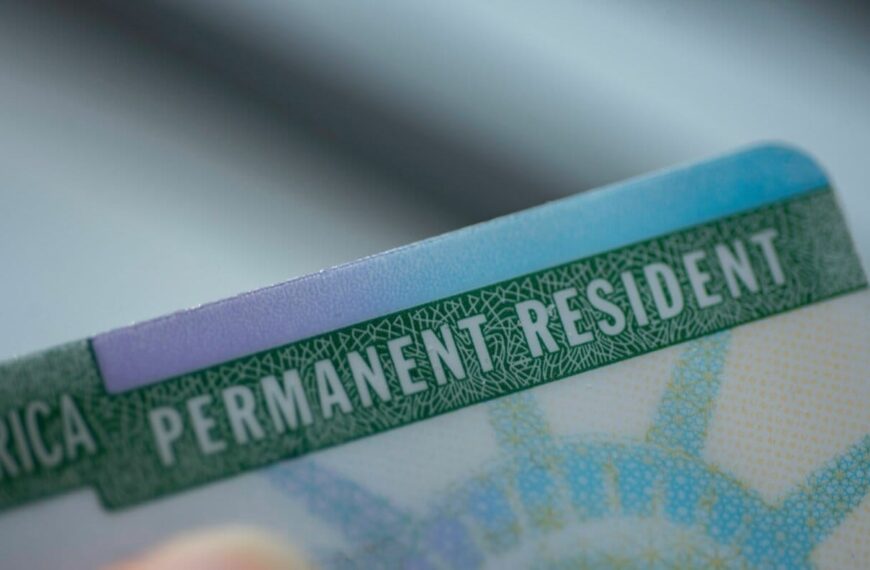Over 500,000 Syrians Return Home Since Assad’s Fall
The ongoing conflict in Syria has led to a significant number of displaced individuals seeking refuge in various countries. However, recent reports indicate that more than 500,000 Syrians have returned to their homeland since the fall of President Bashar al-Assad’s regime. This development is a crucial aspect of the broader immigration narrative and raises questions about the future of Syrian refugees and their reintegration into society.
Understanding the Context of Return
The return of Syrians has been influenced by a combination of factors:
- Improved Security Conditions: Many regions in Syria have seen a reduction in violence, leading to a more conducive environment for return.
- Government Incentives: The Syrian government has implemented various programs aimed at encouraging refugees to come back home, including financial assistance and promises of job opportunities.
- Desire for Family Reunification: A significant motivation for many returnees is the wish to reunite with family members left behind.
Challenges Faced by Returnees
While the return of over 500,000 Syrians is a positive development, it is not without its challenges:
- Lack of Basic Services: Many returnees find their hometowns lacking in essential services such as healthcare, education, and infrastructure.
- Economic Hardship: The economic situation in Syria remains precarious, with high unemployment rates and limited job opportunities.
- Security Concerns: Some areas, despite being less violent, still pose risks due to the presence of armed groups or unexploded ordnance.
Impact on Immigration Trends
The return of Syrian refugees has implications for global immigration trends. Countries that have hosted large numbers of Syrian refugees, such as Turkey, Lebanon, and Jordan, are reassessing their immigration policies in light of these developments. The situation is also influencing discussions around humanitarian parole and the need for comprehensive immigration reform.
Humanitarian Parole and Immigration Policies
As the situation evolves, many are calling for adjustments in immigration policies:
- Humanitarian Parole Programs: These programs are essential for providing temporary refuge to individuals facing persecution.
- Comprehensive Immigration Reform: There is a growing recognition that countries must develop long-term solutions for refugees, including pathways to permanent residency.
- Collaboration Among Nations: Countries must work together to address the root causes of displacement and ensure the safe return of refugees.
Conclusion
The return of over 500,000 Syrians since the fall of Assad is a significant milestone in the ongoing saga of the Syrian conflict. While it signals hope for many, it also highlights the complexities of reintegration and the need for comprehensive immigration solutions. As the situation continues to unfold, it is vital for policymakers to consider the humanitarian implications and work towards a sustainable future for all displaced individuals.
As we reflect on these developments, it is crucial to stay informed about the latest immigration news and updates regarding humanitarian programs, especially those related to the Syrian refugee crisis. The stories of these individuals remind us of the resilience of the human spirit and the importance of supporting those in need.










